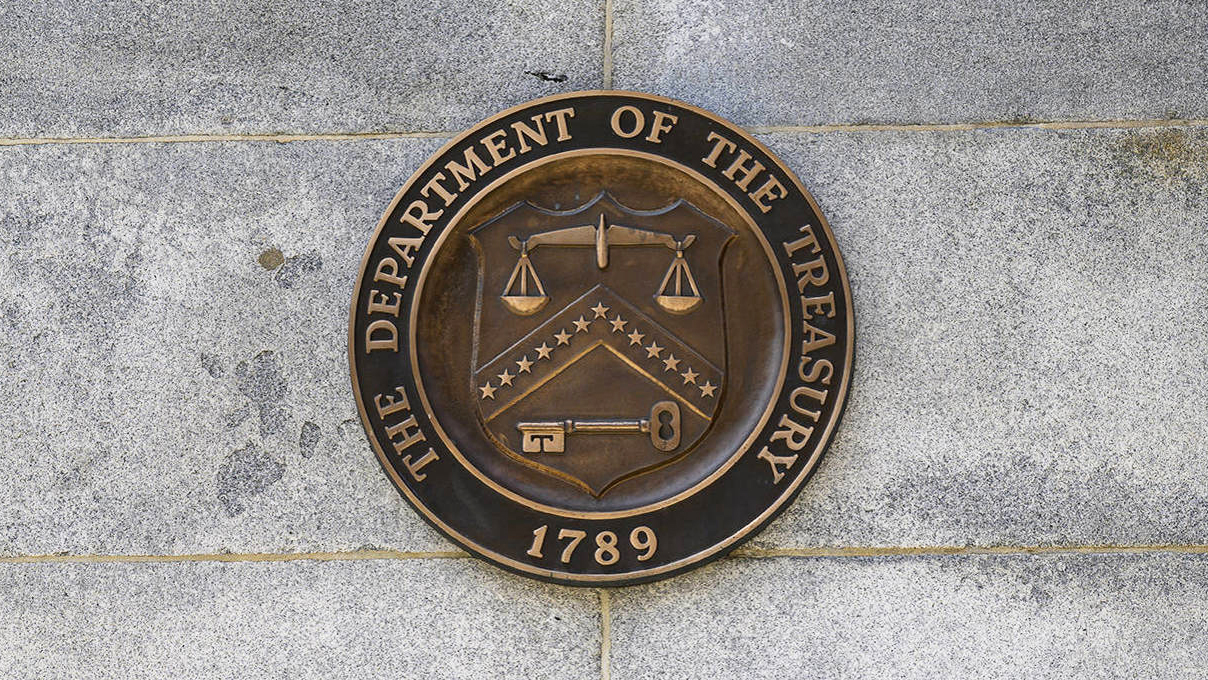
By Paola Subacchi, Paul van den Noord
For decades, the United States has enjoyed an unparalleled advantage in global finance, thanks to the dollar’s status as the world’s leading reserve currency. By running trade surpluses with the US, countries accumulated large dollar reserves, which they eagerly and overwhelmingly invested in US Treasuries. This constant recycling of global savings has enabled the US to finance persistent federal budget deficits – 6.4% of GDP in 2024 – without so much as a raised eyebrow from international investors.
This system long seemed unassailable. But cracks are beginning to show. Between September 2024 and January of this year, interest rates on ten-year Treasuries climbed by 100 basis points, even as the US Federal Reserve cut short-term interest rates by the same amount. The economists Rashad Ahmed and Alessandro Rebucci attribute these developments – which they call a “reverse conundrum” – to declining foreign official demand for dollar-denominated safe assets, driven by rising concerns over US sanctions and asset freezes.
This trend is particularly notable in China, the second-largest foreign holder of US debt after Japan. As China’s trade surplus with the US has narrowed, its international investment strategy has shifted. Rather than stockpiling Treasuries, it has diversified into other dollar-denominated assets, such as direct equity investments (30.6% of total external assets in 2024) and debt instruments (25%).
As a result, China’s Treasury holdings have fallen by about $550 billion since their 2011 peak, putting them at their lowest level since 2009. Moreover, Chinese investors’ holdings of US sovereign debt fell to just $759 billion in 2024, down from $1.27 trillion in 2015. China’s total foreign reserves have also declined, from $3.8 trillion in 2014 to $3.2 trillion today.
Europe is quietly picking up some of the slack. UK holdings of US Treasuries – which totaled just $207 billion a decade ago – have more than tripled, reaching around $740 billion at the start of 2025. Likewise, EU countries’ holdings grew from $931 billion to over $1.5 trillion over the same period. Most of this increase in demand likely comes from private investors seeking higher yields.
Nonetheless, for countries outside America’s fast-shrinking circle of allies, holding US debt is becoming less attractive. While the Treasury market and the US dollar have so far held up relatively well, further reductions in countries’ US debt holdings could push Treasury yields higher, weaken the dollar, and threaten the stability of the international financial system. If global investors abandon US sovereign debt altogether, the dollar’s status as the world’s leading reserve currency would be in jeopardy (though the currency might still be used for international trade transactions).
And yet, for now, this scenario appears unlikely to materialise. Maintaining a stock of the world’s top reserve asset remains an attractive proposition, and it becomes even more attractive as countries sell off Treasuries and drive up US interest rates, thereby helping to narrow the US trade deficit and improve the dollar’s long-term outlook. As the dollar appreciates and Treasury yields rise, the opportunity costs of holding Treasuries falls, making them more appealing to investors.
In other words, reductions of countries’ Treasury holdings are subject to a self-correcting dynamic, which limits the scale of any sell-off. This means that foreign investors are more likely to adjust their holdings gradually, rather than rush for the exit. So, while foreign holdings of US Treasuries may well decline, fears of an imminent collapse in demand for US Treasuries are probably not warranted.
While the costs of a rapid global shift away from the dollar are extremely high, this does not mean that the greenback’s global primacy is invulnerable. China is actively promoting the international use of the renminbi, and both China and the eurozone are increasingly wary of excessive reliance on the US financial system, with its associated geopolitical risks. But, again, any realignment away from the dollar will not happen rapidly, much less abruptly.
Nonetheless, circumstances could change. As long as the US dollar remains the world’s dominant international currency – facilitating trade and cross-border financial flows and serving as countries’ main reserve asset – the convenience yield of holding dollar-denominated assets will likely forestall a large-scale sell-off. But this stability presupposes that US institutions remain strong and credible enough to preserve confidence in Treasuries. At a time of sharply rising political and institutional uncertainty, this is hardly a foregone conclusion.
Paola Subacchi is Professor and Chair in Sovereign Debt at Sciences Po. Paul van den Noord is Affiliate Member in the Amsterdam School of Economics at the University of Amsterdam. Copyright: Project Syndicate, 2025, and published here with permission.

We welcome your comments below. If you are not already registered, please register to comment.
Remember we welcome robust, respectful and insightful debate. We don't welcome abusive or defamatory comments and will de-register those repeatedly making such comments. Our current comment policy is here.